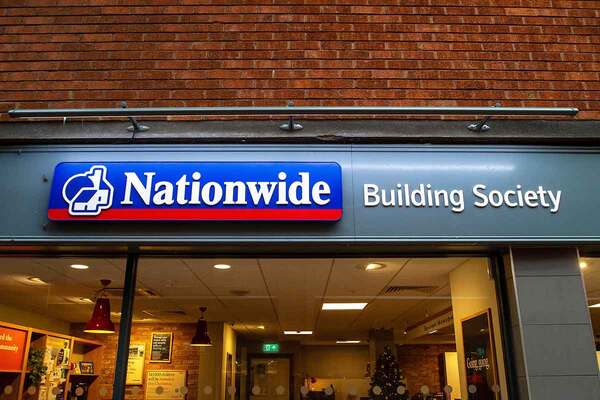You are viewing 1 of your 1 free articles

World-leading energy standards are vital in meeting our net-zero ambitions
Airtightness testing should be revisited if the UK’s net-zero ambitions are to be met, writes Lori McElroy
Last year, the UK became the first major economy in the world to pass laws to end its contribution to global warming by 2050 – setting the country on a course to achieve carbon net zero.
We will only meet this ambitious target if we build energy-efficient homes underpinned by world-leading standards that compel developers to build to the highest quality.
“Making a building airtight reduces the amount of fuel needed to heat it, which in turn lowers the CO2 produced (and thus our carbon footprint), as well bring down energy bills”
Taking two major housing policy drivers into account – the need for millions of new homes and the need for close to zero carbon buildings to hit our 2050 carbon target – the Building Research Establishment (BRE) believes that all new homes should be built to a ‘2050 ready’ standard. This includes updating our energy standards and moving the dial forward on airtightness testing.
The social housing sector has so far been leading the way on this issue, and the rest of the industry could do well to learn from their work. Ensuring that all housing developers are adopting best in practice energy standards will be critical to realising the UK’s legally binding target of an 80% reduction in carbon emissions by 2050 – and airtightness will play a big part in that.
Airtightness affects a building’s performance and is therefore one of the main areas of consideration in meeting or exceeding building regulations Part L (and the equivalents in Scotland, Wales and Northern Ireland) for low-carbon buildings, as well as the Home Quality Mark (HQM) and Code for Sustainable Homes – two of BRE’s sustainability assessment methods. We understand governments across the UK are looking at increasing the minimum ratio of dwellings currently tested for airtightness and would welcome such an intervention.
“Up until now, developers have been allowed to select which houses are tested, ie they can deliberately make one house more airtight than others”
Making a building airtight reduces the amount of fuel needed to heat it, which in turn lowers the CO2 produced (and thus our carbon footprint), as well bringing down our energy bills. There are other benefits too, including fewer draughts, which make for a more comfortable living environment, and keep mould at bay as moisture is less likely to enter and become trapped in cavities or form on cold internal surfaces.
While we are all facing challenges on a scale that would have been unimaginable even a few months ago, we need to continue with the progress we have made on the sustainability agenda. In fact, we should view this current crisis as an opportunity to engineer a green recovery for the built environment.
In Scotland, Holyrood has committed the country to becoming a net zero society by 2045 – five years before the rest of the UK and in line with the advice from the government’s independent expert advisors, the UK Committee on Climate Change. The nation’s new legally-binding target for 2030 – a 75% reduction in emissions compared with 1990 – will be challenging and require new policies and regulations that begin to work immediately.
The main concern with regard to airtightness is that, up until now, developers have been allowed to select which houses are tested, ie they can deliberately make one house more airtight than others, and currently in Scotland the requirement is to test a minimum of 1 in 20.
Meanwhile in England, the requirement is that at least 10% of a particular dwelling type is tested; unless the first five units of the type that are tested achieve the desired air permeability, when the sampling frequency can be subsequently reduced by 2%.
We understand both of these conditions are currently under review and we welcome such news.
“There is also a related risk of homes that are overly airtight going unnoticed, which can lead to poor internal air quality and high CO2 levels, particularly overnight when doors and windows are closed”
This affects all areas of housing and development, but there’s a bigger problem with private developer-led housing compared with the social housing sector as there is little incentive for them to offer more than the minimum standard required by building regulations.
Without high levels of testing, the standard may not be achieved consistently as there is less opportunity for feedback as these homes are sold on to someone else. There should be a long-term objective to bring standards in the private rented sector in line with those applying to social housing.
There is also a related risk of homes that are overly airtight going unnoticed, which can lead to poor internal air quality and high CO2 levels, particularly overnight when doors and windows are closed. It is estimated that we spend up to 80% of our time indoors, so the quality of the indoor environments in which we live and work is crucial to our health and wellbeing.
BRE has been at the forefront of building science innovation for almost a century. We would welcome the chance to use our expertise to pinpoint causes of the gap in performance between theory and reality. Best practice needs to become standard practice if we are to achieve our climate targets and build homes fit for future generations.
Lori McElroy, director of housing and energy for Scotland, Building Research Establishment












